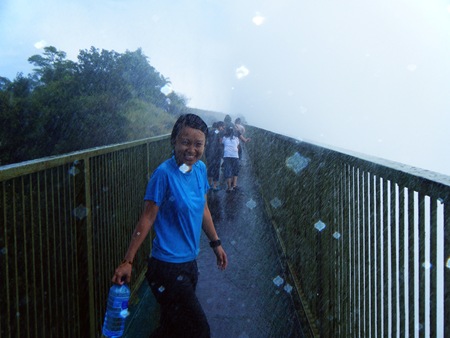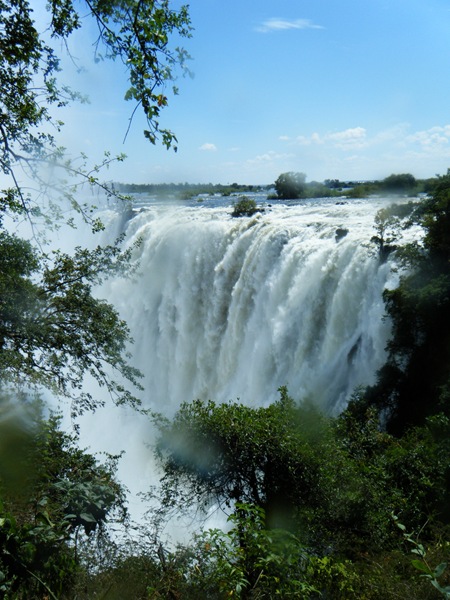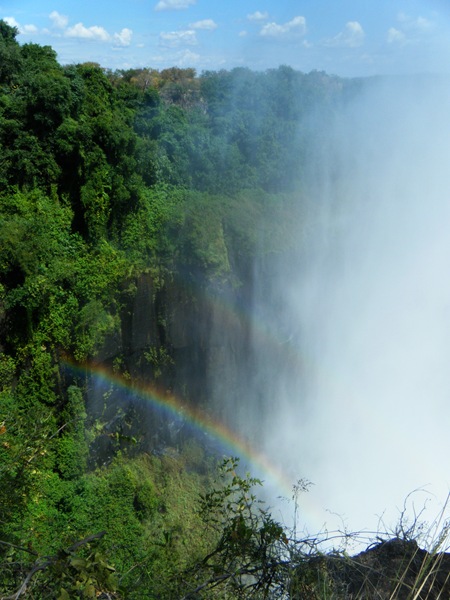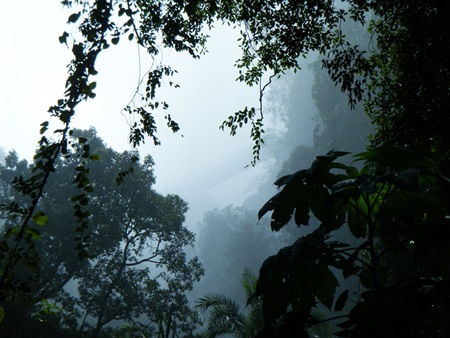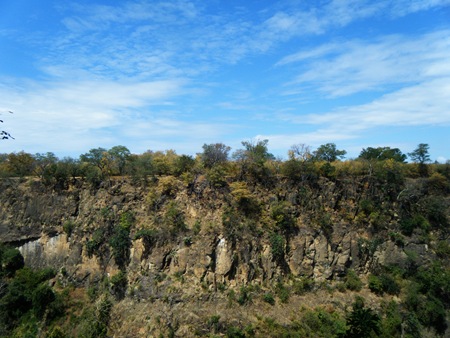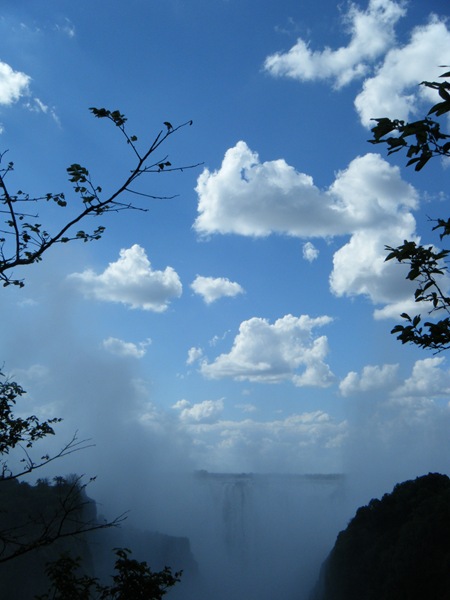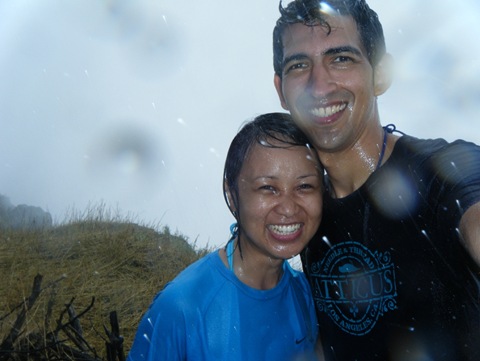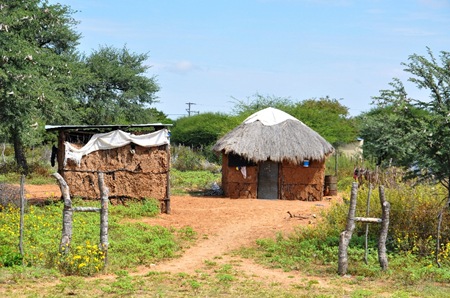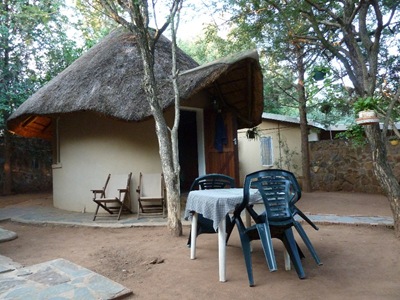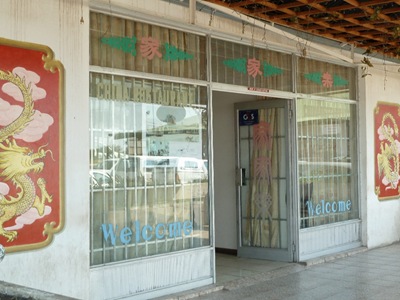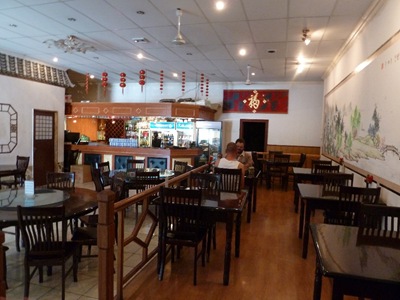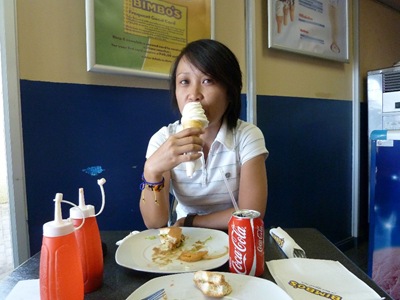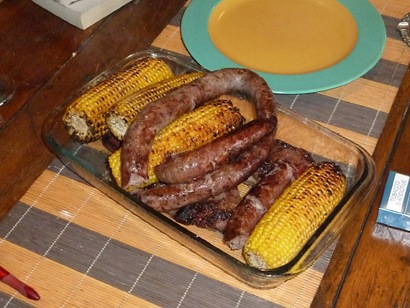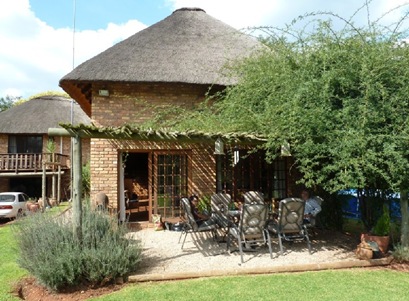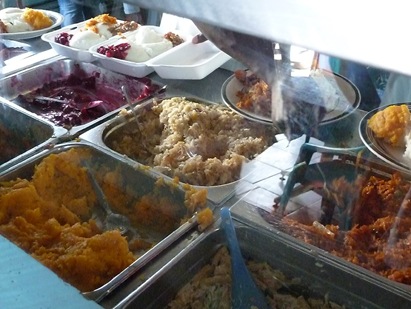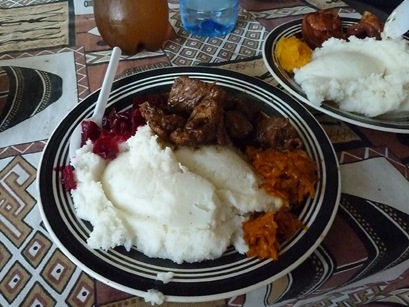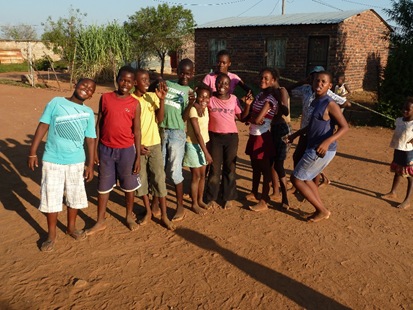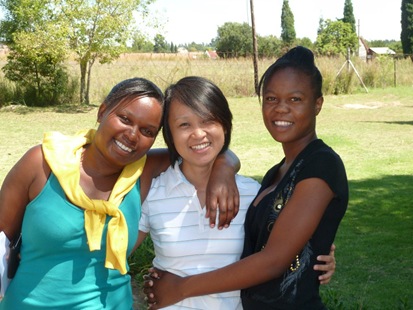Fact: Finding yourself in Botswana and not taking your chance on the wild side
….Is.
….A.
….SIN.
Simply because Botswana has more than enough to offer (all you nature buffs everywhere, hear ye, hear ye!). Throughout our travel in Botswana, we encountered the desert, inland delta, salt pan; apart from being turned into farmlands, most are now nature reserves. Tourism is BIG, it’s a pity that promotion is lacking – there wasn’t even a proper tourist info desk at the international airport, nor a brochure in site. To be fair, it is a newly built airport but if car rental and cab services are available, and to help the serious ‘go-with-the-flow’ tourists arriving without having done any homework on their destination of interest beforehand, you would think it would’ve made sense for them to start at the airport. Unless ‘take me to town’ suffices. I’m probably too particular in that sense. Cab drivers can smell your cluelessness miles away, and you’re screwed. What if Mr. Cabbie just arrived from a foreign land too? (That happened to me before, I had to explain the directions to the cab driver)
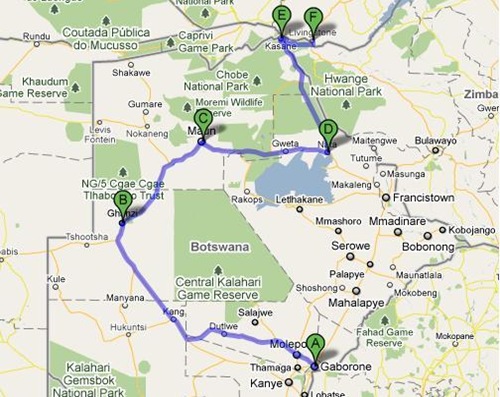
Botswana’s the first country where we travelled overland throughout - from Gaborone to Ghanzi to Maun to Kasane via Nata before crossing the border to Zambia via the Kazangula border.
So, after spending a few nights at the San lodge, we took the 3.5 hour bus ride from Ghanzi to Maun costing 52 Pula/person (USD8). Street sellers will actually pile up into the bus to sell newspapers, munchies and bananas, even socks (!) for the journey but strangely not drinking water. Looking through the glass windows from the outside before you board, it’ll look like the bus is jam-packed but there’re probably a few vacant seats left so you have to be quick. As soon as the bus fills up, it’ll leave.
The folks at Dqae Qare (still no luck in pronouncing it correctly) recommended the Okavango River Lodge; that’s where we were headed to (by the way, internet connection around Africa has been at best, sporadic, and generally slow). The minute we walked into the spacious room, we knew it was a win. We got lucky because it’s a 3-bed dorm (such an odd number, the 3rd person must’ve felt like a lamp post the whole time if the other two travelled together) but the 3rd guest didn’t show up so we had it all to ourselves, with an attached bathroom; all for 90 Pula/person/night (USD14). The food and beverages were also reasonably priced, the portions value for money. We signed up for the mokoro (traditional dug-out boat) ride for the next day, into the Okavango Delta, at 600 Pula/person (USD92), hoping that the rain wouldn’t fail us - again. It seemed that the gray clouds had been tagging along with us everywhere.
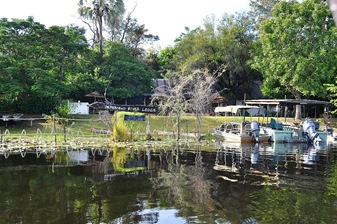
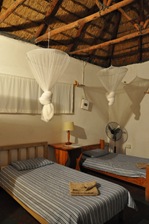
The Okavango River Lodge in Maun.
A speed boat will take you to the Boro Station (we got a slightly hungover driver but luckily yours truly survived in one piece) where you’ll hire a poler for your mokoro and he’ll also be your guide for the day. On the way to the jetty you’ll enjoy an array of beautiful birds and small wildlife, the largest being the crocodiles. Our poler was a nice chap called Lenkamile. As you enter the delta, there’ll be less birds and wildlife and you’ll be surrounded by nothing else but reeds and water lilies. The best part of all -the sheer peace and quietness encapsulating you as you go – nothing but the soft ‘woosh’ of the pole slicing through the clear waters. About an hour later, we were walking on one of the ‘islands’ – I have to say, toilet paper saved me from the grief I would’ve faced being in the bush with the least vegetation! Girls, take note! It wasn’t a successful walk, we only stumbled upon an old lone elephant and a curious lone antelope checking us out from yonder….well, hippo bubbles too, if you count that in.
We later learned that the polers only get a fraction of what’s being charged by tour operators. Not so much of a surprise because due to the location and accessibility, tourists only get a chance to communicate with the operators first before being aware of any possible arrangements directly with the polers. Another advice is when bringing snacks or lunch for the trip, do consider including some for your poler because most of the time it’s not included in the rates charged to you. Lenkamile offered us overnight stays at his village and camping trips the next time we visit; we’re definitely considering it!
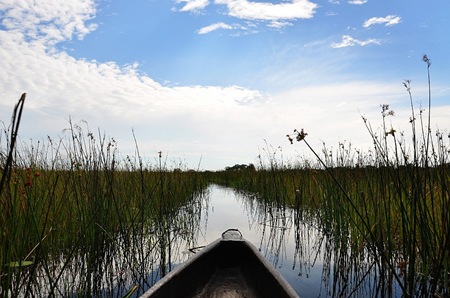
Crisscrossing through the Delta. The most serene and peaceful environment in Africa I’ve experienced so far.
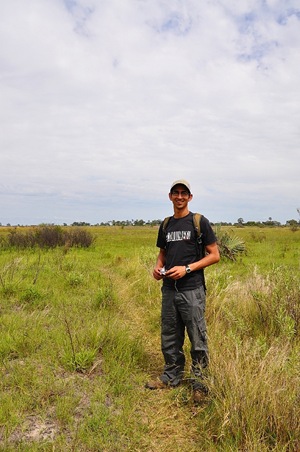
Rizwan on a game walk in the Delta.
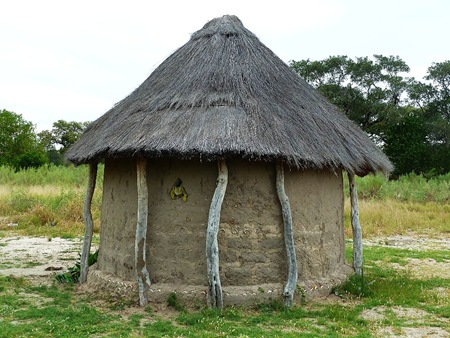
A house at the Boro Village. Quite geniusly constructed from natural resources, and tin cans used to strengthen the structure.
We spent the last night at the Okavango having to iron our damp clothes to make sure they’re dry by the next morning.
The clothes were as damp the next day.
Warning: Dry Fits don’t work in this territory.
From Maun we took the bus to Kasane. The only hassle was that we had to transit in Nata and there’s no guarantee that there’d be buses from there up to Kasane. In Nata, we were dropped off at the local gas station and were told to wait for the buses coming from Francistown. The buses stopped alright, except for the fact that they look more like mini(sardine)vans.
We hitch-hiked for the first time.
And what a ride it was. The driver was driving at 150km/h on the tarred road and 130km/h on gravel road heavily pot-holed. Lo and behold, the tyre burst AND he was stopped for speeding – nothing a couple of hundred Pulas can’t settle….after an hour of negotiating that is. The highlight of the ride was when we encountered an elephant standing happily in the middle of the road. We were indeed now, trespassers on his land. A magnificent sight nonetheless.
We met up with Lucky in Kasane whom we’d be hanging out with for the next few days. We went on a sunset cruise on the flooded Chobe River that evening and saw hippos up close. It became a bit nerve wrecking when we realized they were so many of them everywhere. They’re dangerously sneaky huge blobs of dark gray in the water!
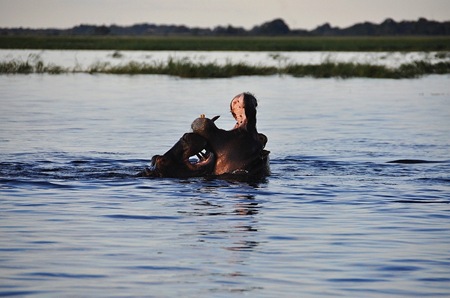
The closest we got to a hippo was when we discovered one chilling out just near our camp.
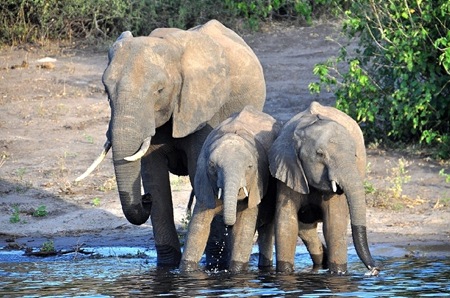
Baby elephants playing with each other while having a quick drink with their mother.
The next couple of nights we camped out, under the stars, first at the Chobe Safari Lodge then in Chobe National Park. It was an incredible experience. Every night, we’d just gaze up at the belt of stars, imagining it as a whole galaxy above us until our necks hurt – so brilliant and beyond compare.
If you ask me, I prefer the game drives in Chobe better than Pilanesburg in South Africa. In Pilanesburg you cover so much ground but the animals you see are merely tiny specks in the distance. Driving in Chobe is like driving in a zoo - everything’s life size. And lions, we finally saw lions (!) – a whole pride, resting under a tree after probably a healthy meal the evening before.
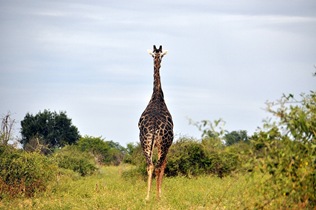
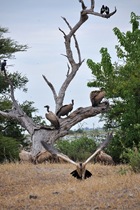
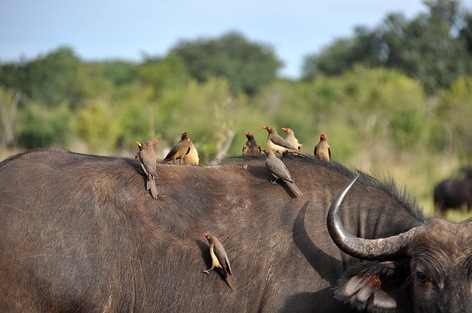
Some of the animals up close in Chobe.
A camp is never complete without a barbeque so a braai was well on its way for dinner in Chobe.
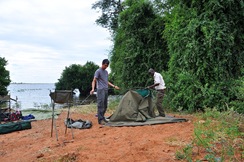
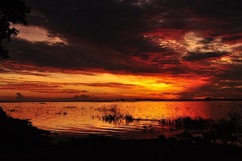
Our camp site in Chobe.
We said goodbye to Botswana after 2 weeks of adventure and made our way towards the ferry to cross the border to Zambia. It wasn’t a full accomplishment, we missed the Central Kalahari Game Reserve and the Makgadikgadi Pan. Bust next time when we’re back, it’ll be proper 4-wheel drive with roof camp and kitchen – the way they do it here, hard core Safari style.
Now if you don’t mind, Mr. Cab Driver, take me to the nearest Sports Toto. In this country, please.
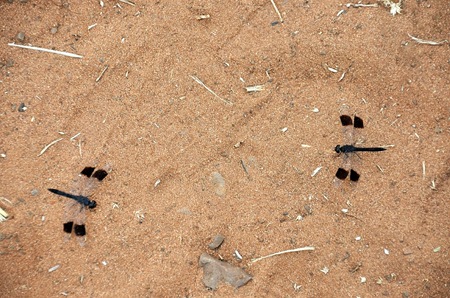
Dragonfly season. And the end of our journey in Botswana.
